



Is the circuit board of a medical device the same as the motherboard?
In the medical device field, circuit boards and motherboards are both key components, but they are not exactly the same.
First of all, in terms of definition and function, the motherboard of a medical device usually refers to the core control board of the device, which carries the key processor, memory, chipset and other core components, and is responsible for the operation control and data processing of the entire device. The motherboard is like the “brain” of the medical device, coordinating the work of each part to ensure that the device can accurately perform various medical functions. For example, in a medical imaging device, the motherboard is responsible for receiving signals from the detector, performing data processing and image reconstruction, and then displaying the image on the screen. It also controls various parameter settings, storage and transmission functions of the device. The design of the motherboard usually needs to consider high performance, high stability and high reliability to meet the needs of medical equipment for long-time operation in complex environments.
The circuit board of a medical device, on the other hand, is a broader concept that can include the motherboard as well as various other functional circuit boards. For example, the power supply circuit board is responsible for providing a stable power supply for the device; the sensor circuit board is responsible for receiving and processing signals from various sensors; and the display circuit board is responsible for driving the display screen to show images and data. These circuit boards work together to fulfill the functions of medical devices. The functions of the circuit boards are more specialized and specific, and they are designed and manufactured according to different tasks.
Second, in terms of structure and composition, the motherboard is usually more complex, integrating numerous electronic components and circuit modules. It usually consists of multi-layer printed circuit boards covered with various chips, resistors, capacitors, inductors and other components, as well as complex circuit wiring. The design of the motherboard needs to consider factors such as heat dissipation, electromagnetic compatibility, and signal integrity to ensure its stable operation. Other circuit boards, on the other hand, may be relatively simpler and may contain only specific electronic components and circuits depending on their specific functional requirements. For example, power supply circuit boards are mainly composed of transformers, rectifiers, filters and other components; sensor circuit boards are mainly composed of sensor chips, signal conditioning circuits and so on.
Furthermore, from the point of view of importance and replaceability, the motherboard usually plays a central and critical role in medical devices, and once it fails, it may cause the whole device to fail to operate normally. Moreover, due to the complexity and specialization of the motherboard, its repair and replacement usually require professional technicians and specific accessories. In contrast, the replaceability of some functional circuit boards is relatively high. If a functional circuit board fails, it can be replaced relatively easily without much impact on the operation of the entire device.
However, circuit boards and motherboards also have some things in common. They are both made up of electronic components and circuits that need to meet the strict quality and safety standards of medical devices. Both motherboards and other circuit boards need to undergo rigorous testing and certification to ensure that their performance is stable and reliable, and that they do not pose any threat to the safety and health of patients. In addition, as technology continues to advance, the design of circuit boards and motherboards continues to innovate and evolve to meet the ever-increasing performance and functionality needs of medical devices.
In conclusion, circuit boards and motherboards for medical devices are somewhat different, but they are both integral parts of medical devices. They work together to ensure that medical devices can accurately and reliably perform a variety of medical functions and provide strong support for patient diagnosis and treatment. The characteristics and needs of circuit boards and motherboards need to be fully considered during the design, manufacture, maintenance and upgrading of medical devices to ensure the performance and quality of medical devices.

Please contact us if the source is mislabeled or violates your legal rights.
We will promptly correct and delete, thank you.
- ISP co-processor
- The standard of ISP chips
- What is the power consumption level of t...
- In what scenarios can the performance of...
- Smart Home Products with Rockchip RK3588...
- Kylin ISP chip
- Purchase of ISP chips
- How fast is the read speed of Winbond W2...
- The motherboard of the industrial comput...
- spi ethernet chip in qfn package
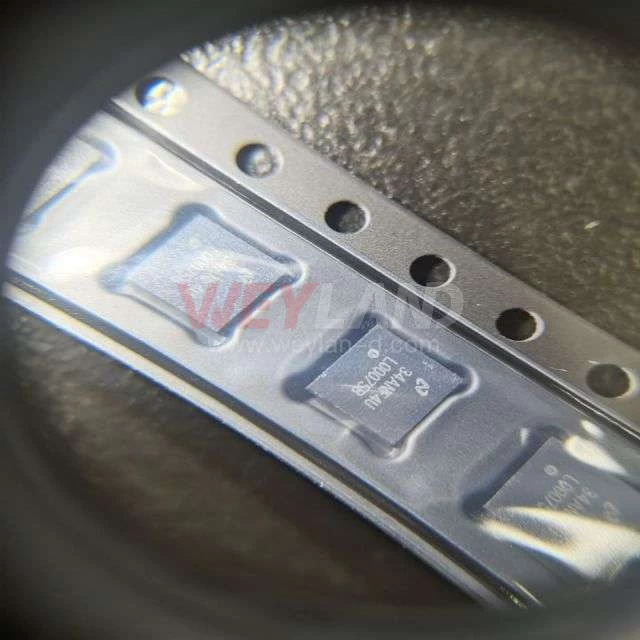
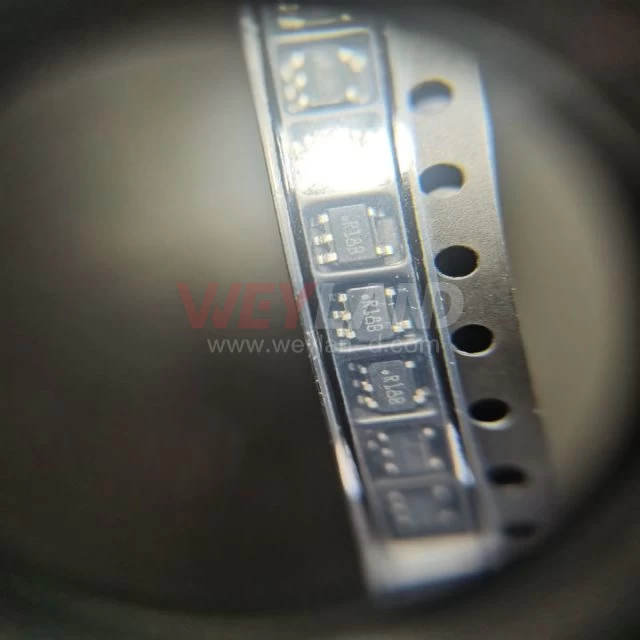
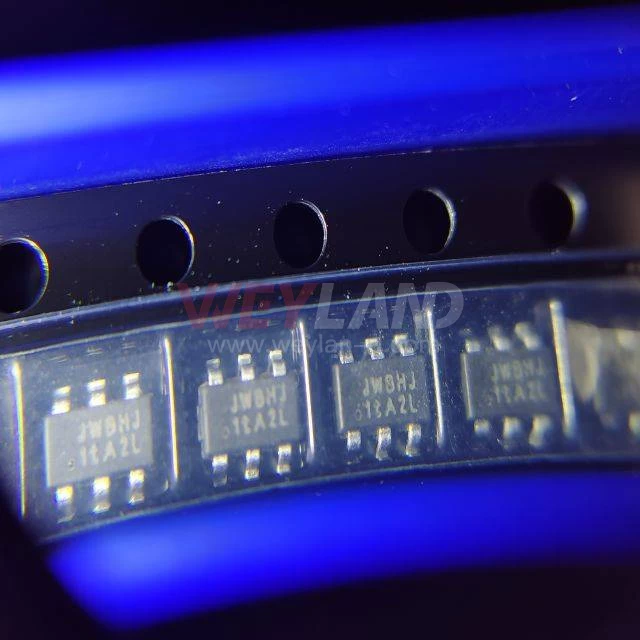
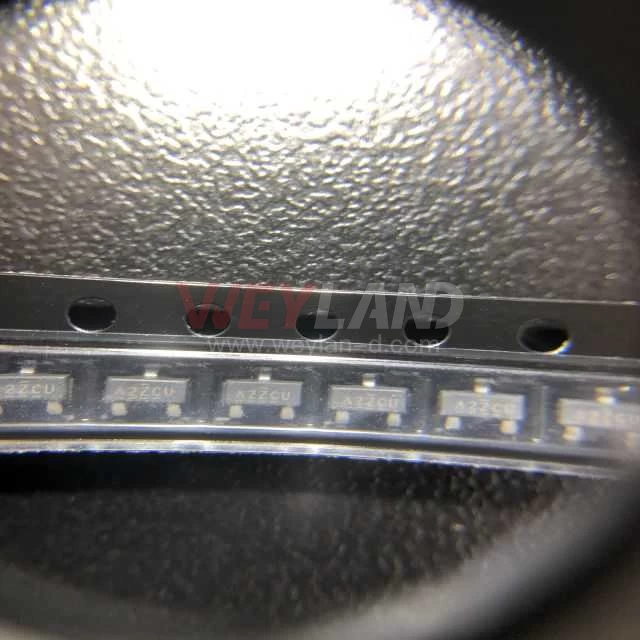
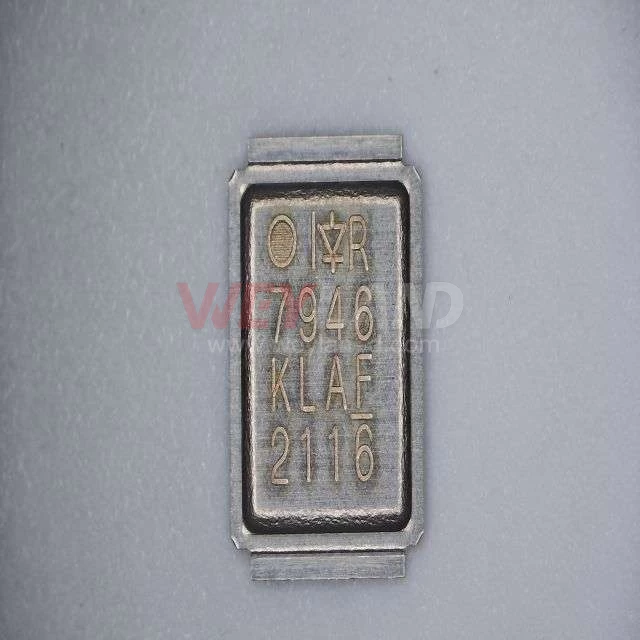
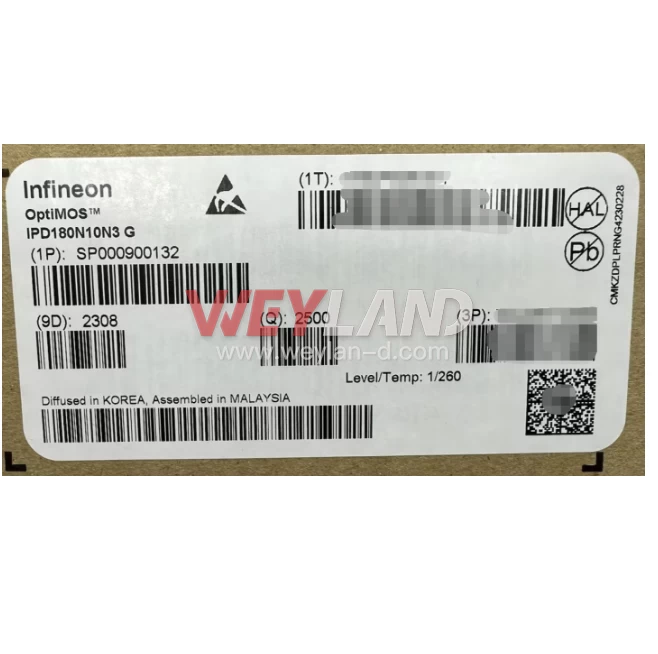
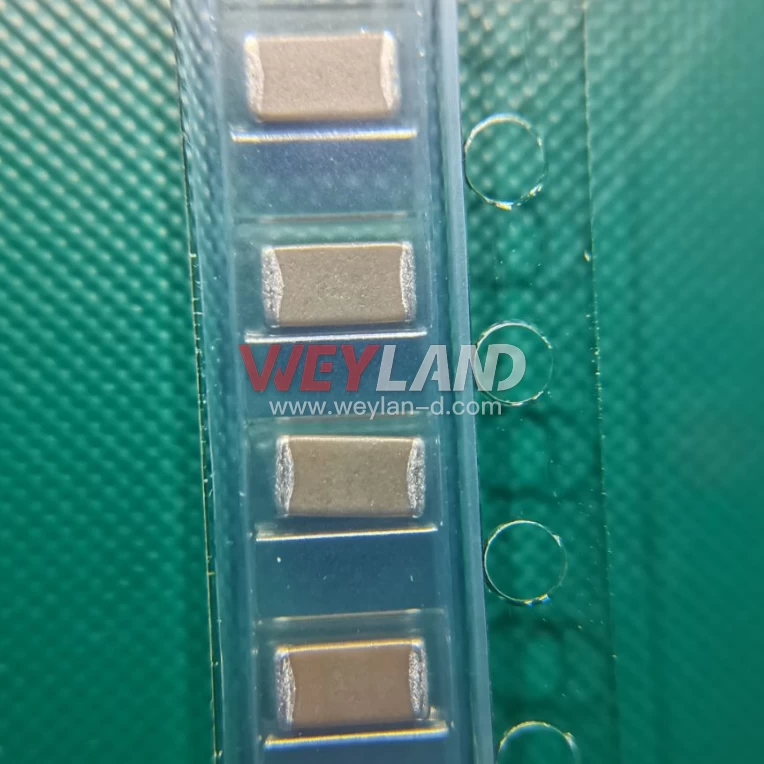
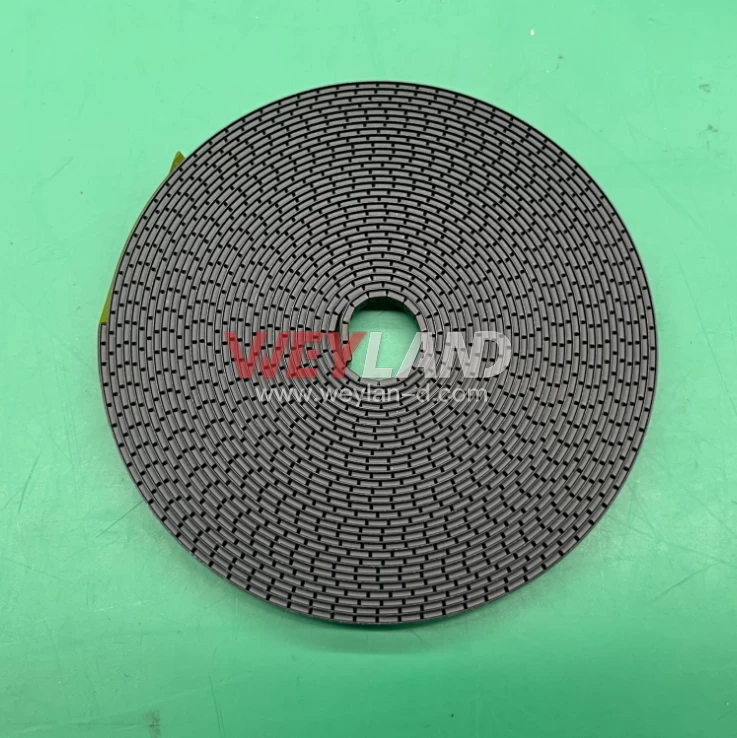
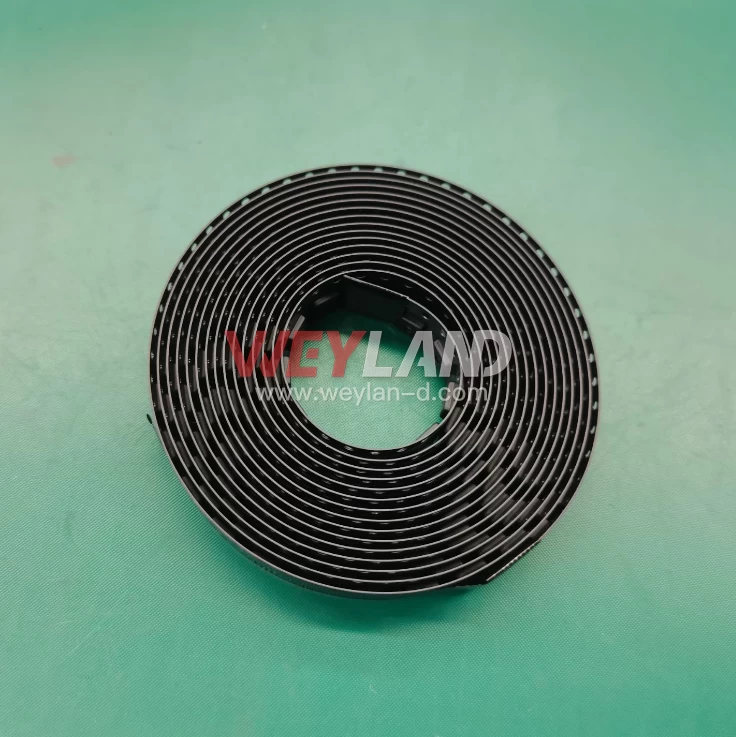

.9246509.png)












[email protected]
7500A BEACH ROAD #04-307 THE PLAZA SINGAPORE (199591)
RM 705.7/F.FA YUEN COMM BLDGNO.75-77.FA YUEN STREET.MONGKOK.KLN.HONG KONG
